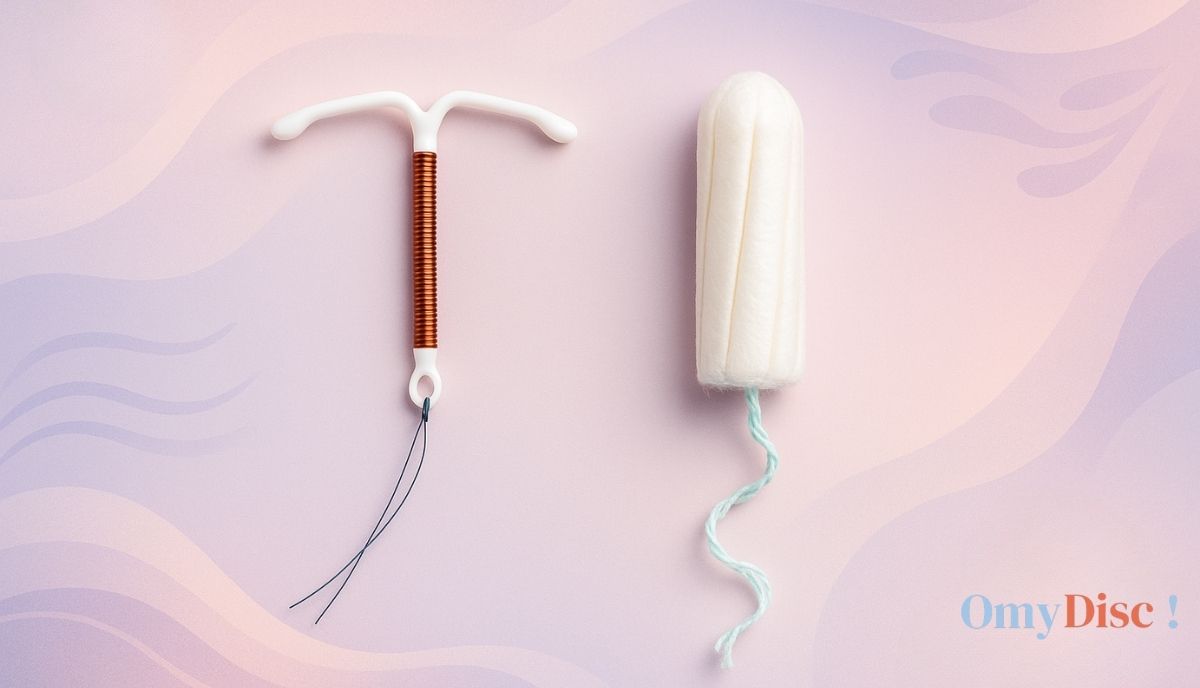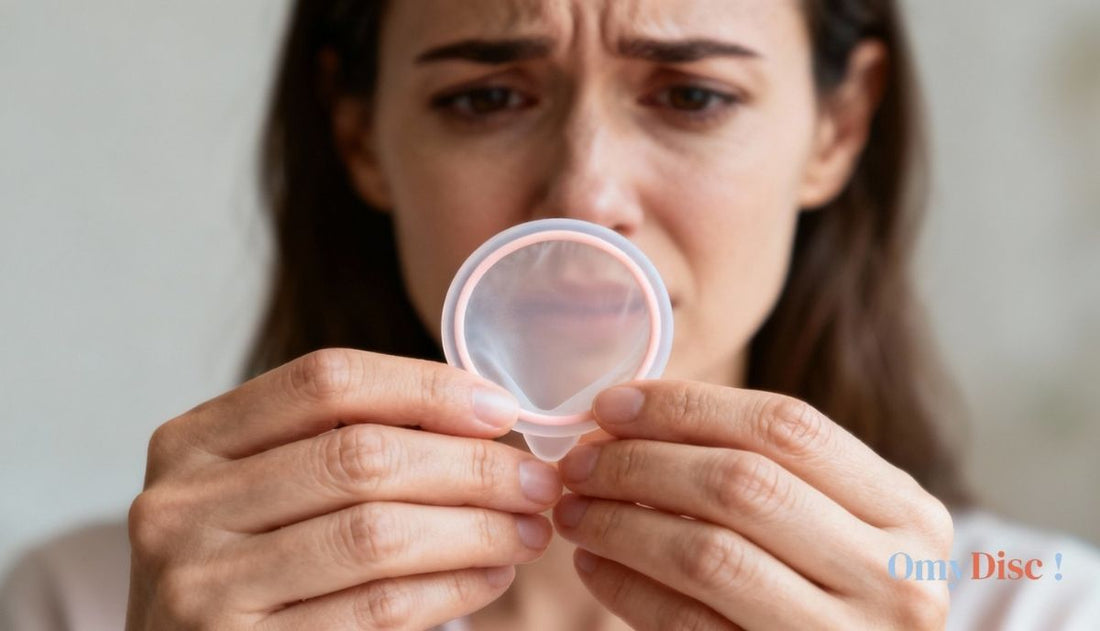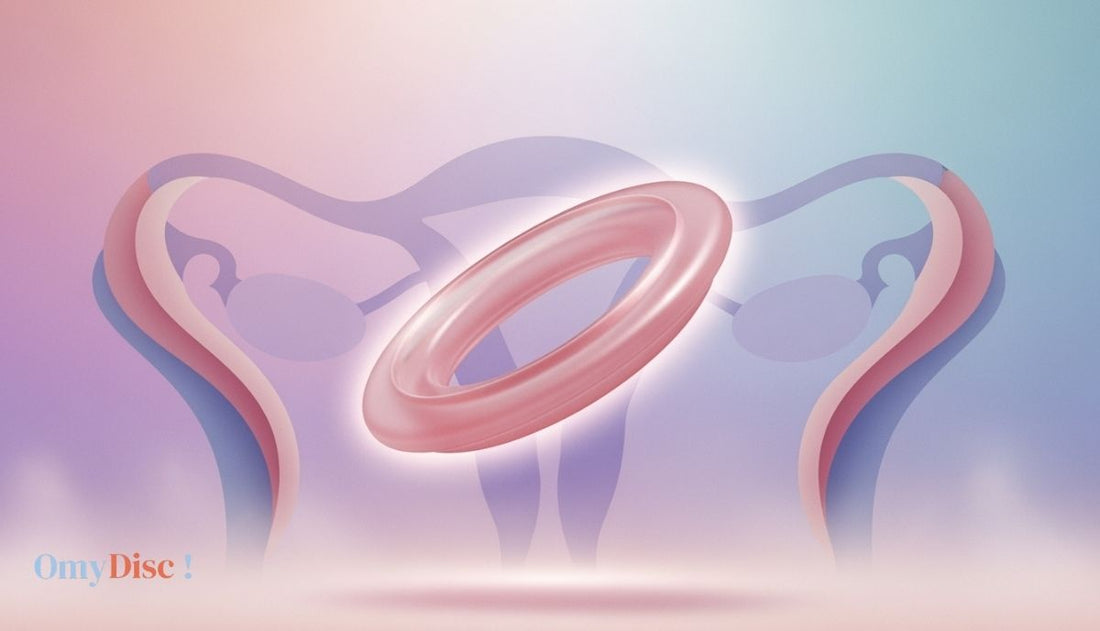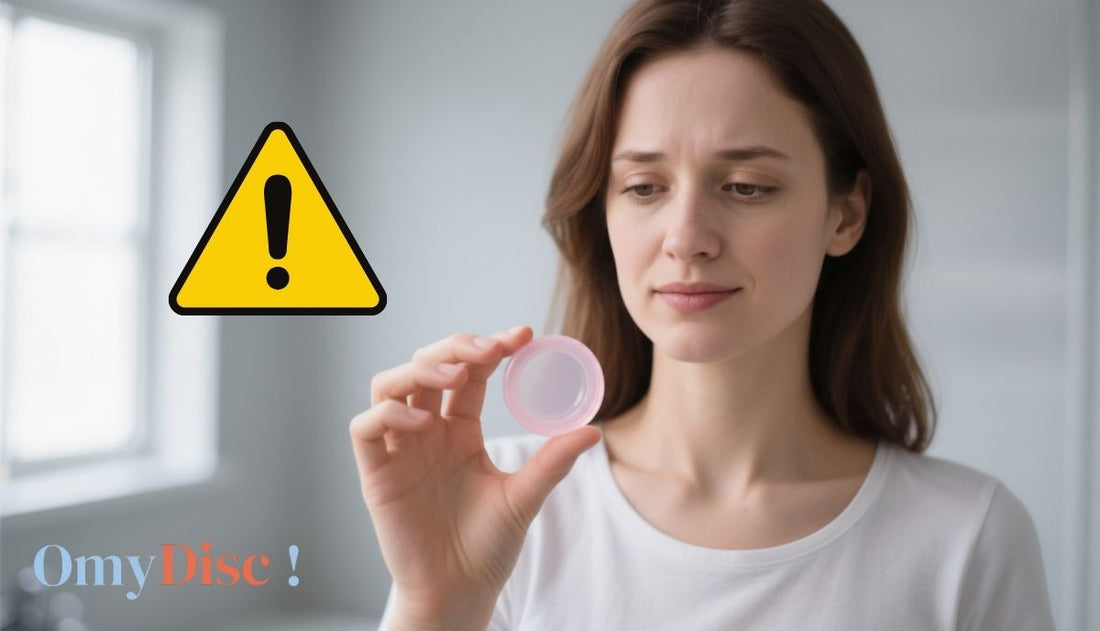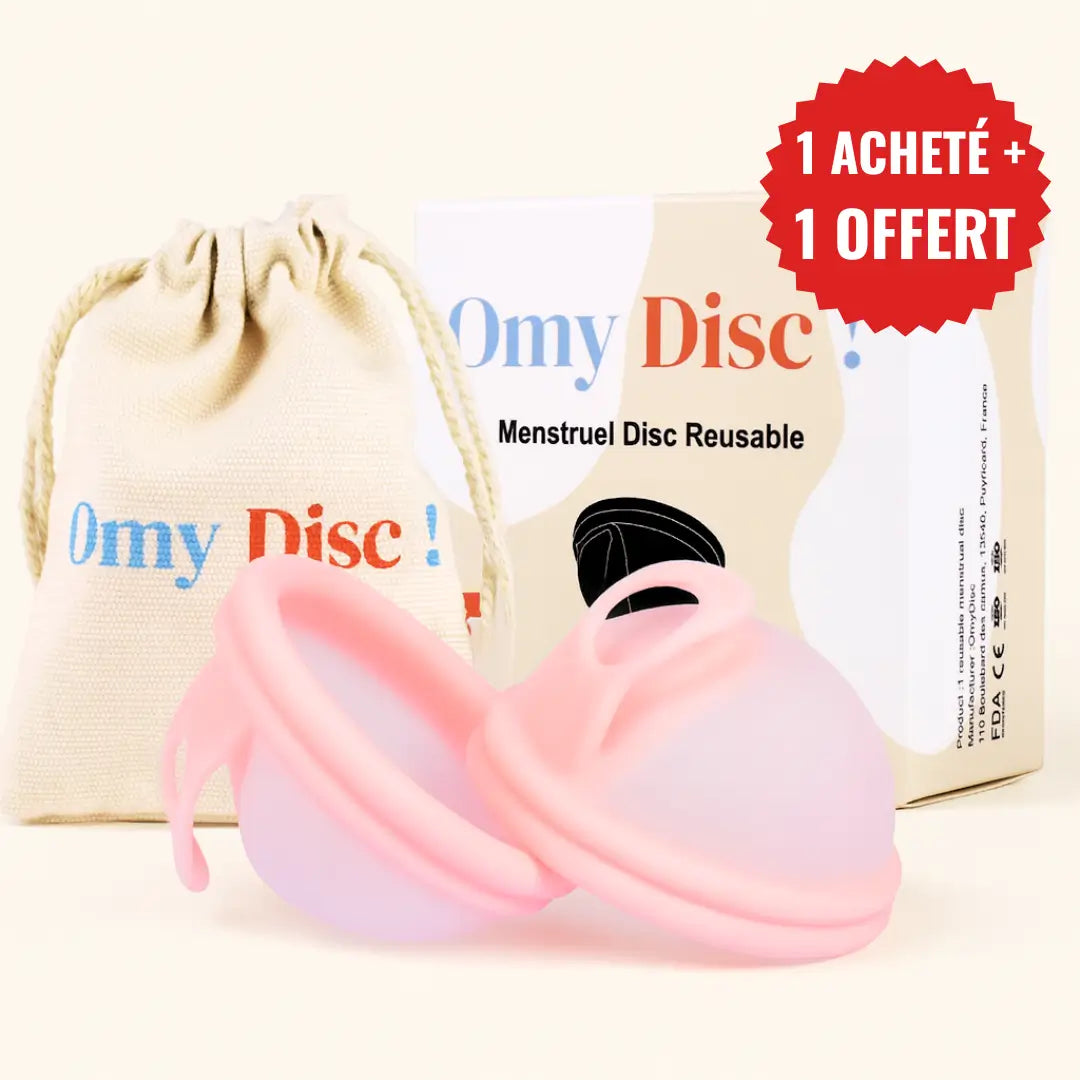Yes, it is possible to use a tampon with an IUD. However, as always when it comes to health, some precautions should be taken to avoid any issues with your intrauterine device. Here's everything you need to know.
Tampons and IUD: a generally safe combination
There are no medical contraindications to using a tampon alongside an IUD, whether hormonal or copper. Healthcare professionals confirm that both devices are compatible.

The tampon does not interfere with the effectiveness or placement of the IUD, and vice versa. However, this combined use requires some caution, especially to avoid accidentally pulling on the IUD strings.
Can you insert a tampon right after IUD insertion or removal?
No, it is recommended to wait at least 24 hours before inserting anything into the vagina, such as a tampon, menstrual disc, etc. You should also avoid baths and sexual intercourse. 24 hours is the minimum time needed for the cervix to close and for any irritation to begin healing. This helps reduce the risk of infections.
Precautions to avoid IUD displacement
The main risk with an IUD is accidental displacement caused by pulling on the strings. To avoid this, follow these simple precautions:
- Check the position of the strings regularly. If they seem longer or shorter than usual, consult a healthcare provider, as this could indicate movement.
- Insert the tampon correctly; avoid inserting it too deeply into the vagina.
- Consider trimming the IUD strings to prevent them from wrapping around the tampon.
- Remove the tampon slowly, with gentle movements to avoid pulling on the IUD strings.
- Consult a healthcare professional if you feel any discomfort or doubt about the IUD’s position.
Alternatives to tampons that are IUD-compatible
Leading the list of IUD-friendly alternatives to tampons is the menstrual disc, followed by external protection such as period underwear and sanitary pads.
The menstrual disc: the best option with an IUD
Menstrual discs sit higher in the vaginal canal, near the base of the cervix, and do not create suction that might pull on the IUD strings. This makes them the safest internal protection when wearing an IUD.
Advantages of using a menstrual disc with an IUD
- Comfortable: Positioned in the vaginal fornix (an area with few nerve endings) it is usually undetectable once inserted.
- No pressure on the IUD: No suction effect on the strings, hence no risk of dislodgement.
- High capacity: It can hold up to 5 times more fluid than a tampon.
- Reusable or disposable, depending on your preferences.
- Sex-friendly: Can be worn during intercourse, even while menstruating.
External protection: period underwear and sanitary pads
Period panties and pads collect menstrual flow without the risk of leakage. They do not come into contact with the IUD, so there’s no risk of displacement. These external options are easy to use, though they may be less discreet and less absorbent than internal options like cups or discs, especially for heavy flows. For those seeking simplicity, external protection is a great choice.
Hormonal or copper IUD: how it affects tampon use
The type of IUD affects your flow, which in turn influences your choice of menstrual product.
With a hormonal IUD
Periods often become lighter or even disappear. If you still have a flow, opt for a smaller-sized tampon. It will be more suitable for your light flow and gentler on your vaginal walls. A tampon that’s too large may cause dryness and irritation.
With a copper IUD
Periods can be heavier, especially in the first few months. Make sure to change your tampon more frequently to avoid leaks or discomfort. In such cases, menstrual discs are a better alternative, as they can hold the equivalent of 5 to 6 tampons.
What if the tampon seems to have moved the IUD?
Signs your IUD might have shifted
This is rare, but not impossible. Be on the lookout for warning signs such as:
- Unusual pain when inserting or removing the tampon.
- Changes in the length of the IUD strings.
- Discomfort during movement.
- Unusual bleeding or changes in menstrual flow.
What to do if you're unsure?
Here are the steps to follow:
- Gently remove the tampon if you feel any discomfort. Do not force it.
- Check the IUD strings. If they seem different, consult your healthcare provider immediately.
- Do not insert another tampon until a professional confirms the IUD is in place. Use external protection in the meantime.
- Monitor pain and bleeding, and note any changes to report to your doctor. The more detailed your information, the more effective the care.
When should you see a healthcare professional?
As soon as you have any doubts, discomfort, or unusual symptoms, book an appointment with your gynecologist or midwife. They can check the position of your IUD and reassure you. This can be done via physical examination or sometimes with an ultrasound.
Frequently asked questions about IUDs and tampons
Can a tampon dislodge the IUD?
Generally no, unless the strings are accidentally pulled.
Should I avoid certain tampons if I have an IUD?
No, but choose a size that matches your flow. Also make sure to insert and remove it gently.
Why should you avoid using a menstrual cup with an IUD?
The issue lies not in the cup itself, but in the removal method. Once inserted, the cup forms a light suction seal to prevent leaks. But if removed too quickly without breaking the seal, it may tug on the IUD strings. This could cause the device to shift or be expelled. Don’t worry, there are other internal protection options that are compatible with an IUD. Menstrual discs and tampons are great alternatives to try.


